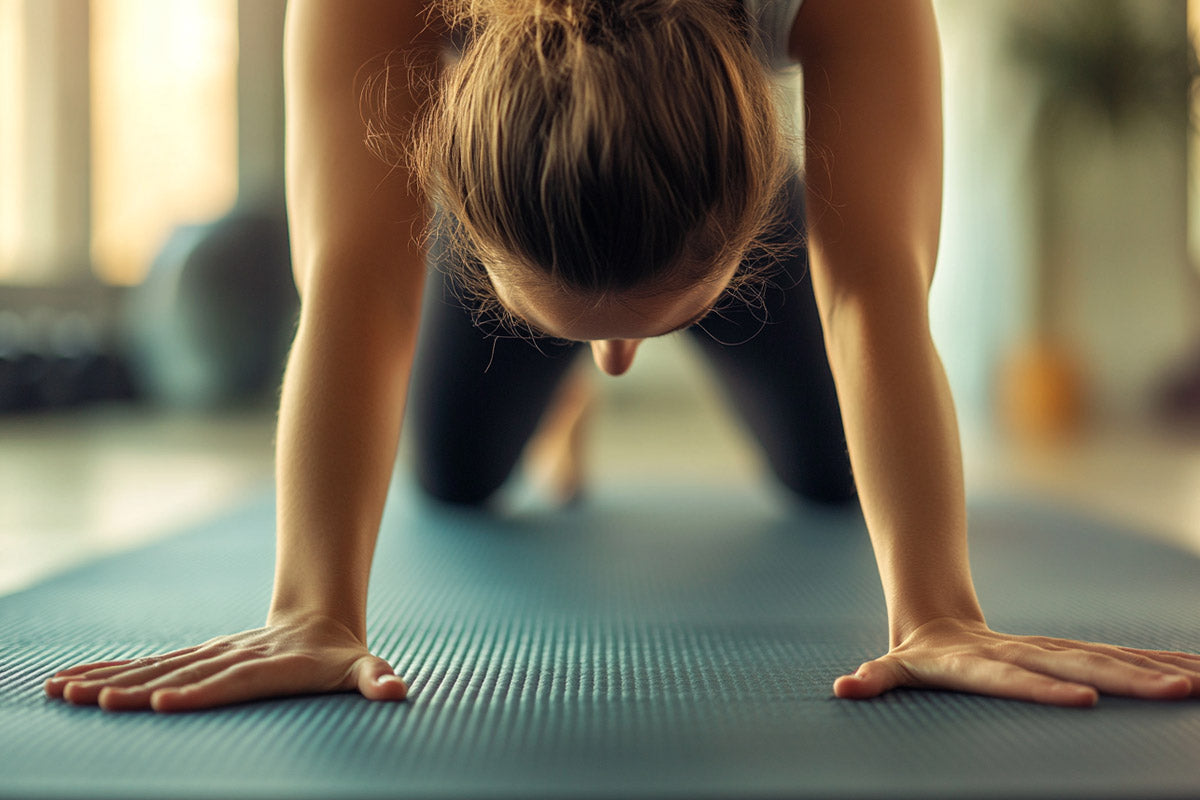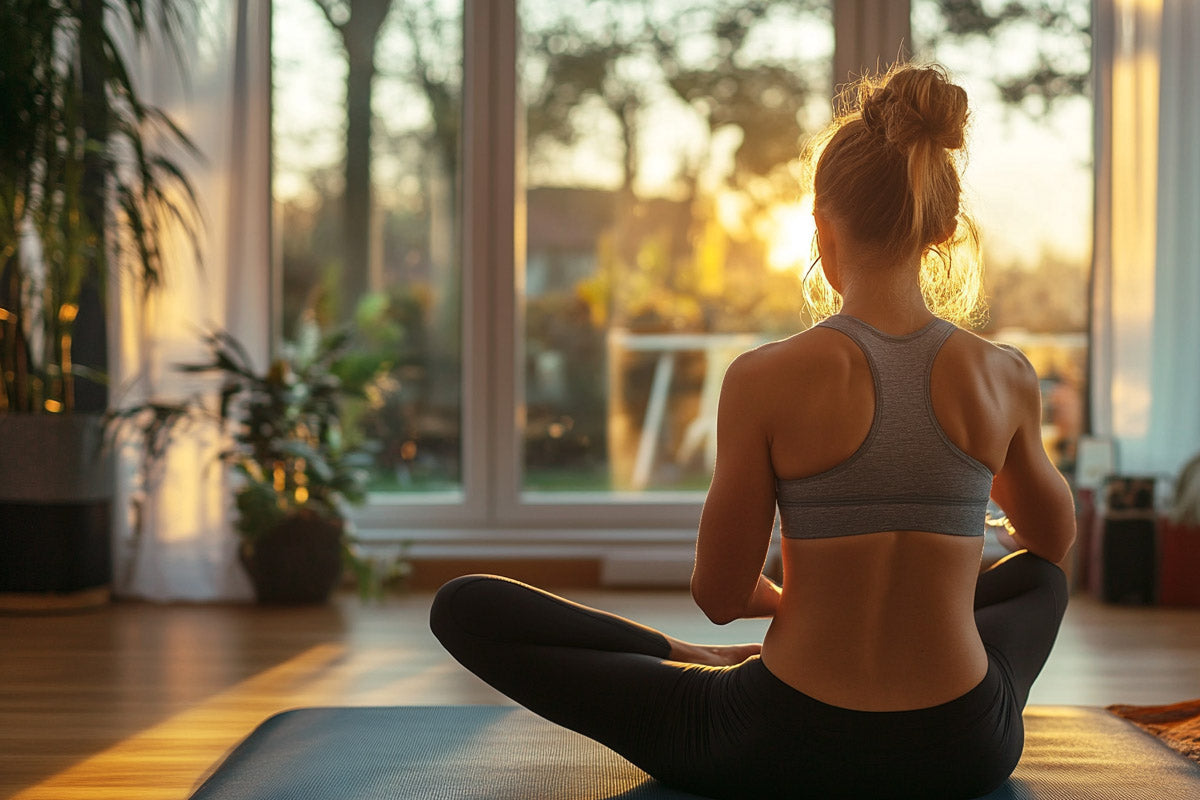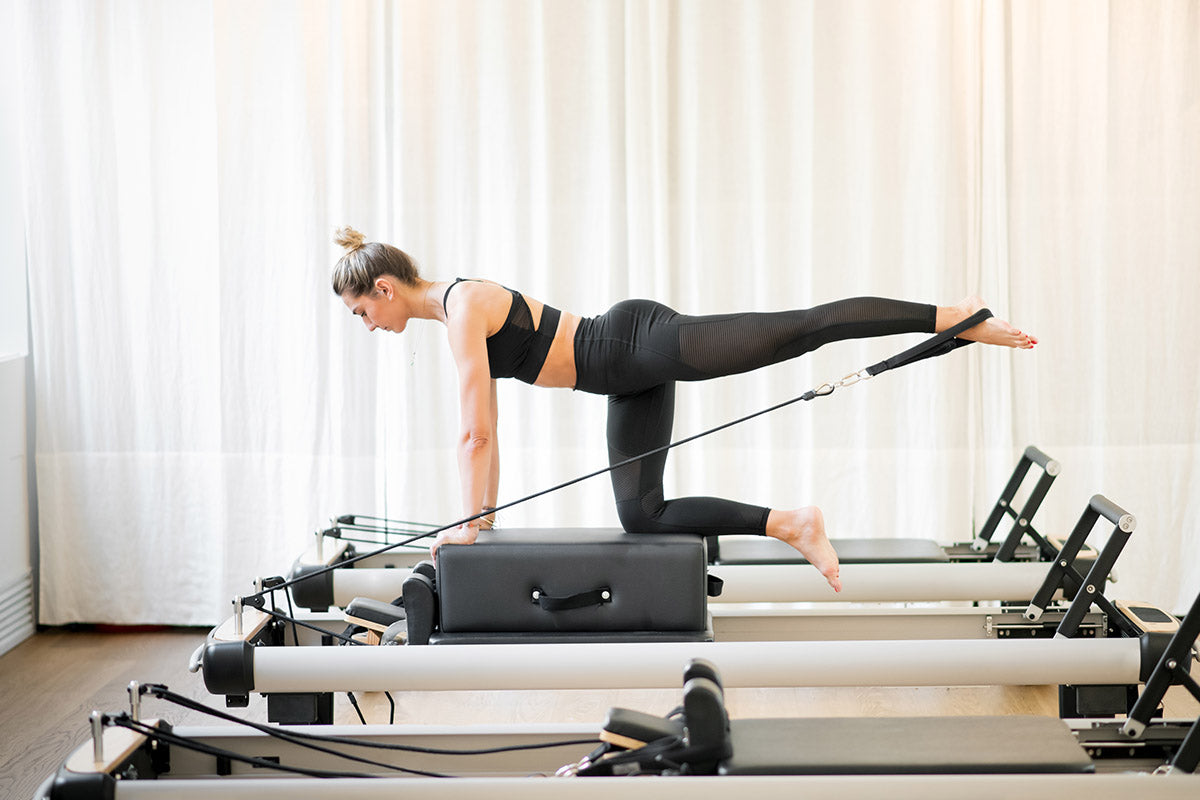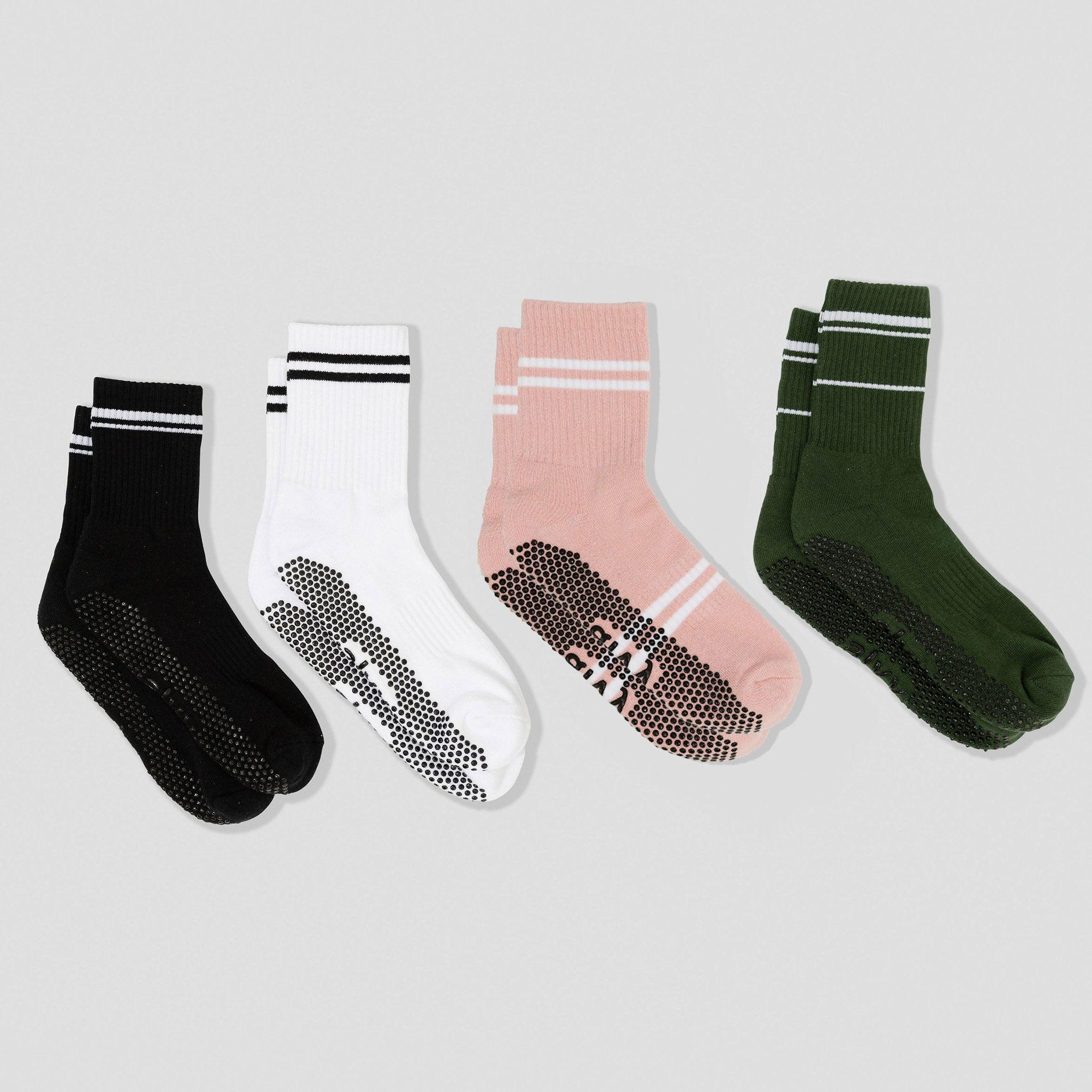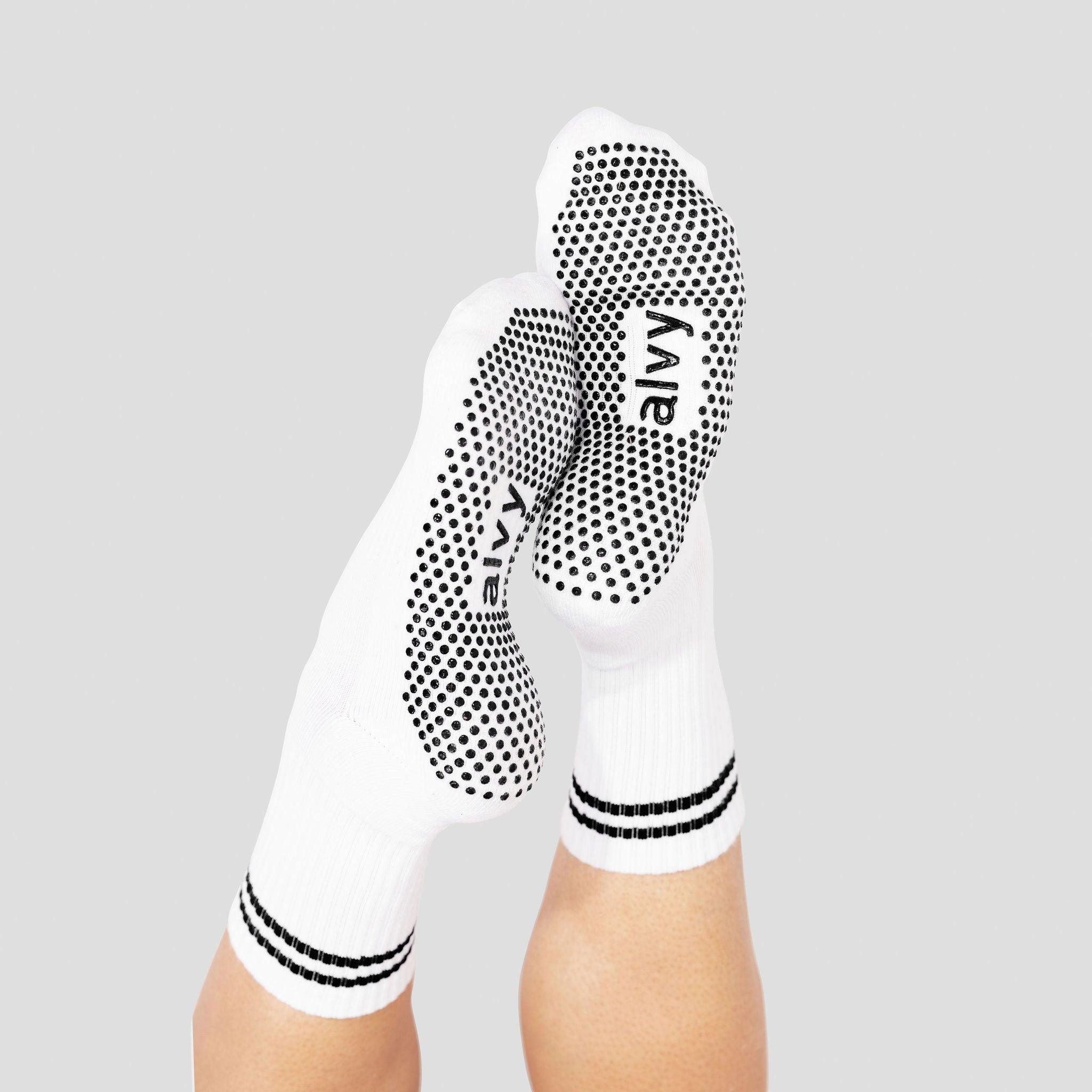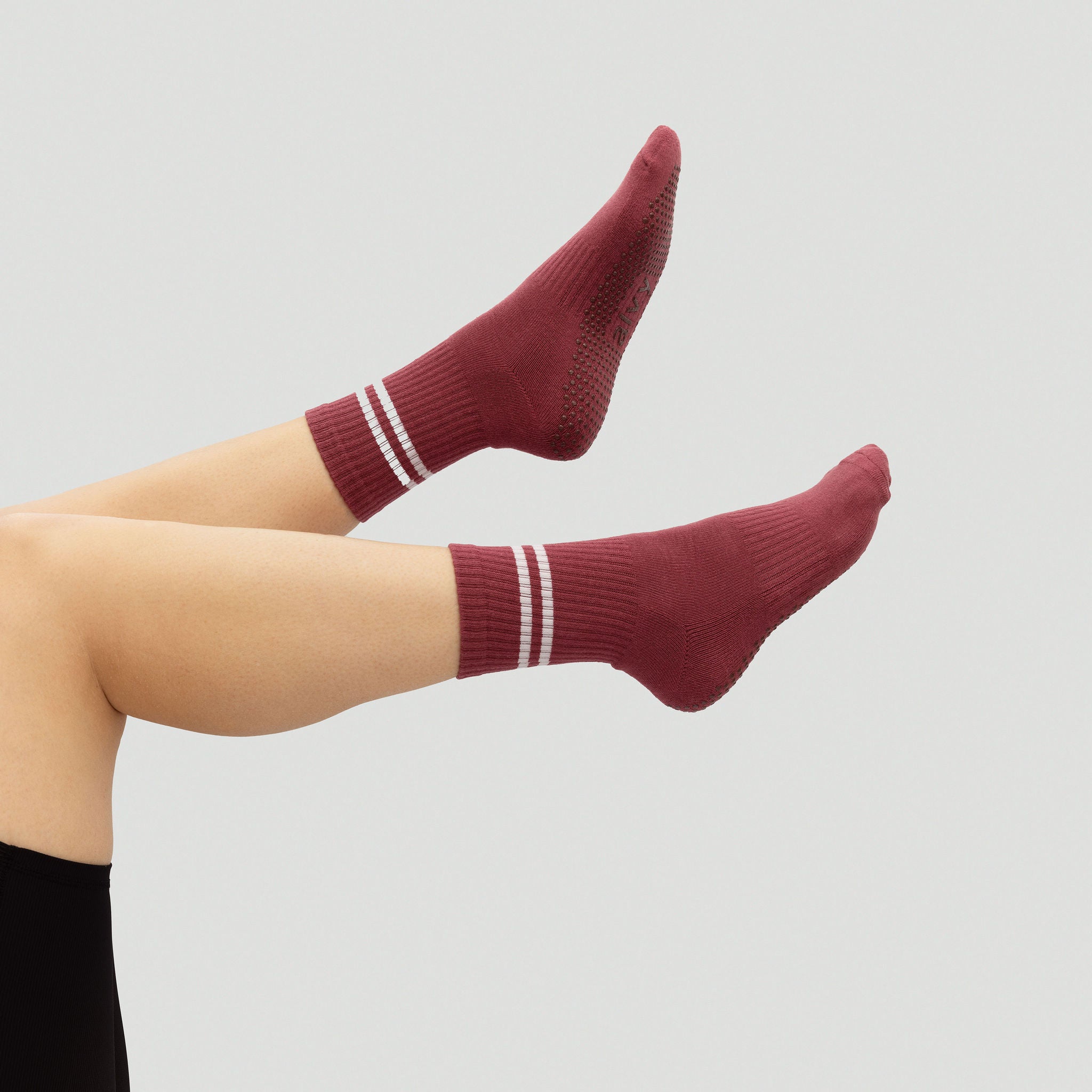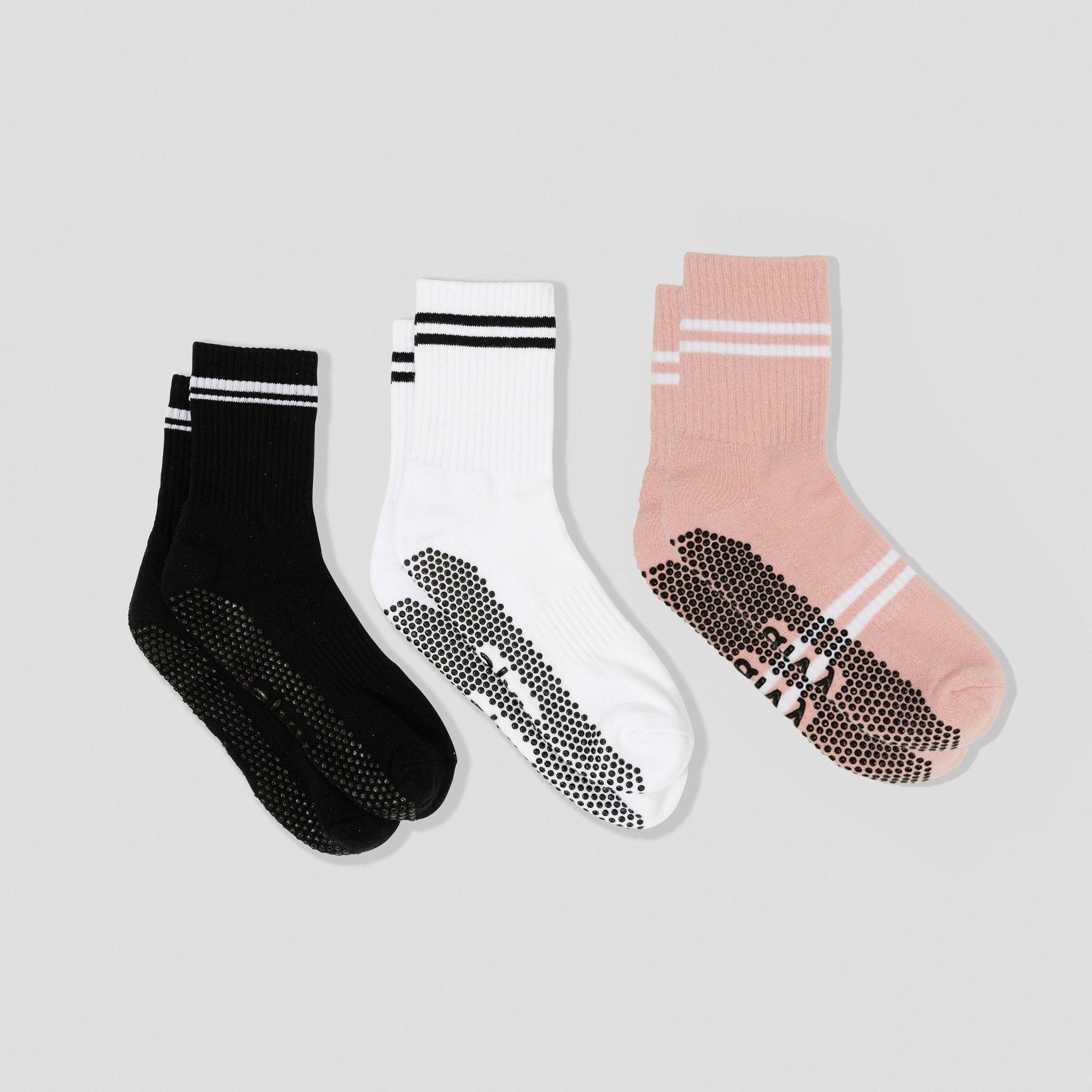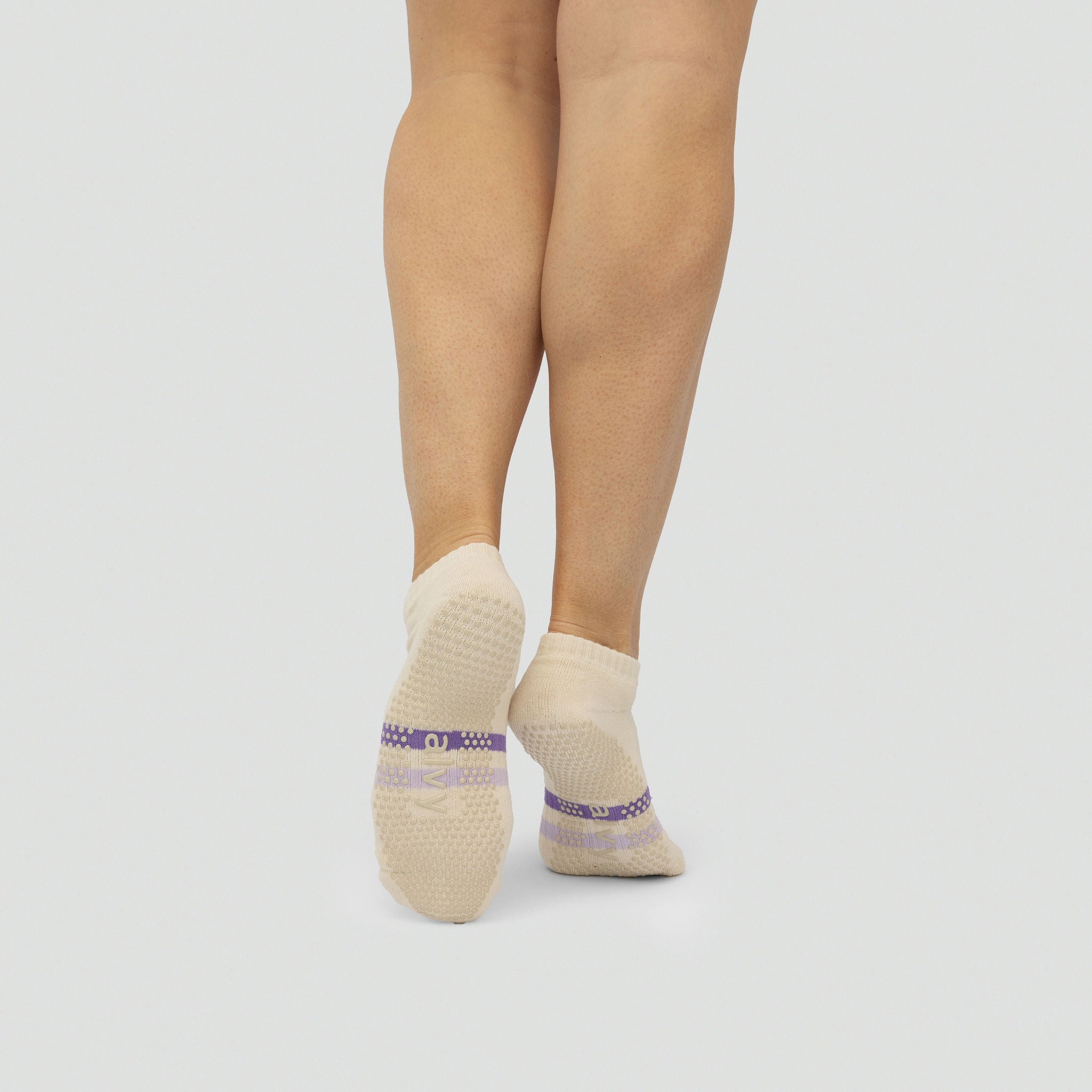You might have heard the 80/20 rule in business and economics, but did you know you can apply it to your Pilates routine? Keep reading to find out how to maximise your Pilates output.
Key Takeaways:
- The 80/20 rule can be applied in fitness, where 80% of outcomes come from 20% effort.
- Pilates can achieve this by focussing on core movements, quality over quantity, and adjusting a workout to ensure it includes major muscle groups.
The Origin Of The 80/20 Rule
The 80/20 rule, known as the Pareto Principle, suggests that roughly 80% of the results come from 20% of the causes. This principle was initially articulated by Italian economist Vilfredo Pareto, who observed that 20% of the population owned 80% of Italy's wealth.
Due to its general applicability, it has been widely applied in various fields, including business and fitness.
Check out our best-selling grip socks for Pilates.
The 80/20 Rule In Fitness
In fitness, the 80/20 principle suggests that 80% of your results come from 20% of your efforts. This principle emphasises the importance of focusing on the activities that deliver the most significant outcomes rather than advocating for minimal effort.
For example, prioritising compound movements like squats or deadlifts over isolation exercises may lead to more favourable overall fitness results for the same amount of time invested. This is effective because squats and deadlifts require many more body muscle groups, and working them hastens your fitness outcomes.
How You Can Apply The 80/20 Rule In Pilates
In the context of Pilates, the 80/20 rule can be a valuable tool for maximising your workout efficiency.
Here is how it works.
1. Focus on core movements
Fundamental exercises such as the hundred, roll-up, and leg circles are crucial for many Pilates routines. Although these core movements comprise only 20% of available exercises, they can provide 80% of the benefits when done correctly and consistently.
This is because these types of exercises require you to engage almost your entire body, especially your core. The Hundred is an easy and incredibly effective exercise if you want results faster - it hurts for a good reason.
Read this if you are after Pilates exercises for toning and core strength.
2. Quality over quantity
Pilates emphasises precise and controlled movements, which your instructor will continually mention.
Rather than doing many exercises in one session, the 80/20 principle suggests focusing on smaller exercises performed with greater precision and control. This approach not only enhances your technique but also maximises the effectiveness of each movement.
If you focus on quality rather than how fast you are going, it should be a shorter timeframe to see results.
3. Targeted muscle groups
To apply the 80/20 rule, focus on the most impactful muscle groups. Pilates prioritises the core (abdominals, lower back, hips) in almost all exercises. In fact, all leg-in-strap exercises are not designed for the legs but for the core instead. This is because you need to control your pelvis while making the relevant leg movements, and engaging your core is the way to do this.
By paying considerable attention to these areas during your workout, you can more efficiently improve overall body strength and flexibility.
4. Efficient use of time
The 80/20 rule can help you concentrate on the most impactful exercises if your workout time is limited. For instance, rather than dedicating an hour to different movements, you could allocate 20 minutes to a comprehensive, top-notch regimen that efficiently targets the essential areas.
Related: The Principals of Pilates and How To Apply Them.
5. Listen to your body
Remember to pay attention to your body and recognise which movements work best for you individually, as the 80/20 rule advises. Different exercises affect each person differently, so by observing how your body reacts, you can customise your routine to achieve the best outcomes.
An example of this is The Hundred. This notoriously loved or hated exercise will not be for everyone. If it is, you will greatly benefit from regularly doing it. But if not, then think of a Pilates exercise that challenges you while utilising major muscle groups.

